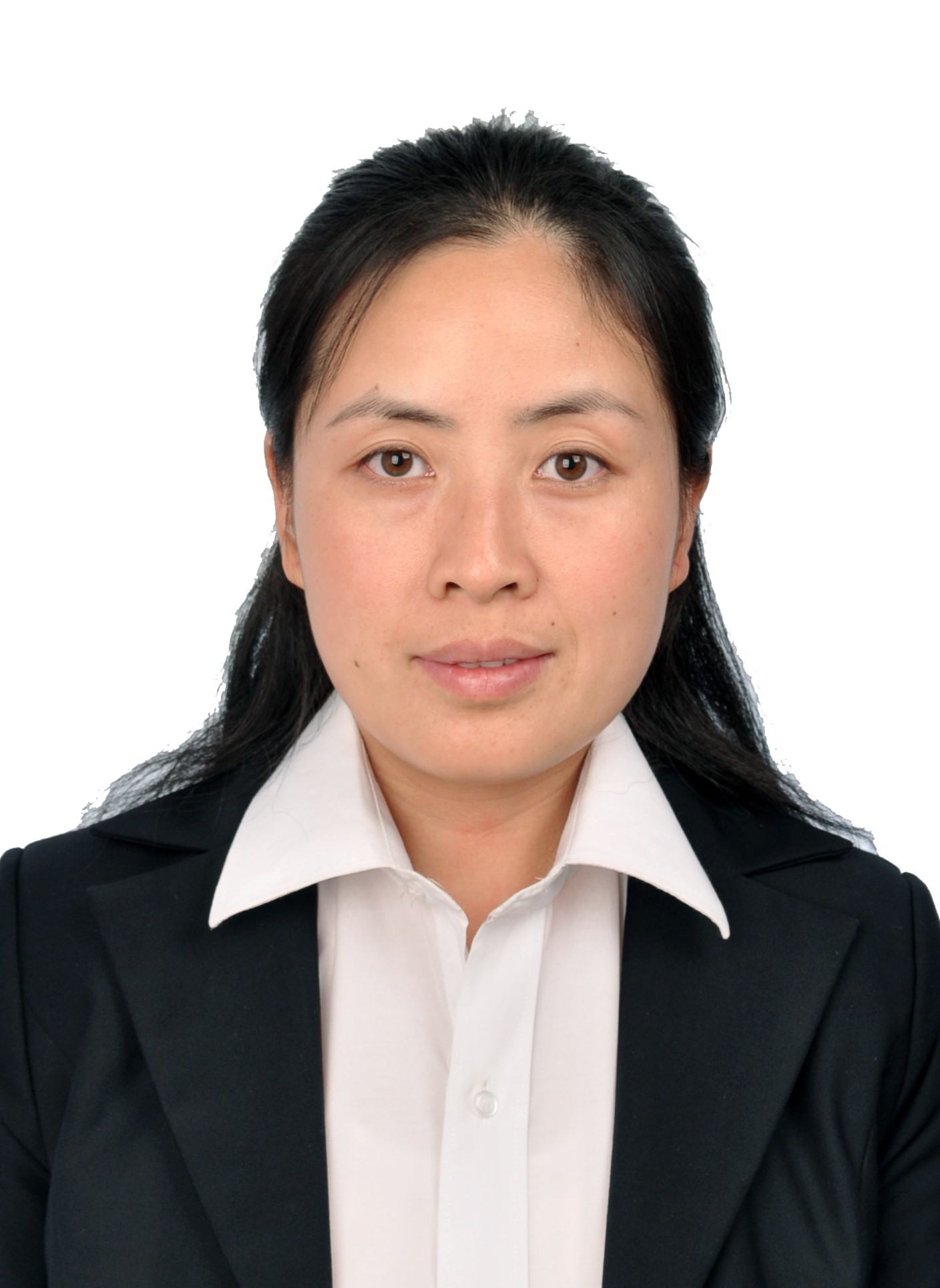
一、个人简介
杨燕,1981年8月,博士,英语系,教授,硕士生导师,博士毕业于泰国苏兰拉里理工大学英语教育专业;硕士毕业于西南交通大学外国语言学及应用语言学专业;本科毕业于西华师范大学英语教育专业,校级教学名师。
主要研究领域:英语教育、中西文化对比以及少数民族文学/文化翻译,隶属于学院外国语言学及应用语言学研究中心。
二、教书育人工作成果
主要承担《中国文化概要》(英语)《彩云南-少数民族文化与风情》(英语)《中国文化经典导论》(英语)《跨文化交际》《英语议论文写作》以及《研究生英语读写译》等课程的教学。作为团队负责人主讲的《彩云南-少数民族文化与风情》(英语)课程,上线美国Coursera教育平台,为云南省首门。该课程还上线“学习强国”、“中国大学慕课”等平台。被学校教务处聘为首期一流课程工作坊主讲教师。现任本科生专业导师和毕业论文指导教师以及硕士生导师,共指导44名本科生和12名研究生。
三、主要科研及教研成果
1.主持科研及教改项目8项,其中省级项目2项;厅局级项目3项,校级重点项目2项,校级一般项目1项。
2.参与科研及教改项目6项,其中国家社科基金3项(分别排名第二,第四和第五),省级项目2项,校级1项。
3.公开发表论文39篇,论文《模因论视阈下<查姆>英译策略探析》被中国社会科学网全文转载。出版专著3部,译者2部。
四、获奖情况
先后获得集团课堂教学比赛特等奖;集团首届多媒体教学比赛一等奖;集团首届思政教学比赛一等奖;第五届全国外语微课大赛云南赛区一等奖;全国决赛三等奖;外研社“教学之星”大赛全国复赛一等奖;全国外语类课程思政比赛国家级二等奖;第六届外语微课大赛云南省三等奖,2017年集团本科招生先进个人以及红云园丁奖。指导学生参加学科竞赛获奖46次,其中,国家级奖18次;省奖8次;校级奖20次。
五、博士论文简介
题目:Improving the English Speaking Skills and Phonological Working Memory of Chinese Primary EFL Learners: A Verbotonal-based Approach
提要:Among the four language skills, speaking was identified as the poorest skill for Chinese primary EFL learners. Although many teaching approaches from the mainstream have been adopted to redress the problem, teaching and learning outcomes for speaking are still disappointing. The verbotonal approach, developed initially as a therapy for people with hearing difficulties, has also been shown to be effective in the learning of foreign languages. However, in the Chinese context, it has never been used to teach speaking skills to primary school students and it is commonly used to teach pronunciation rather than speaking. Moreover, the basic principles and practices of this specific approach seem to be conducive to the enhancement of phonological working memory. Thus, the present study developed a verbotonal-based approach (VTA) mainly for improving the speaking skills of Chinese primary EFL learners, and simultaneously, ameliorating their phonological working memory (PWM) (Guberina, 1972; Lian, 1980; Asp, 2006). The pedogogical procedures of VTA which were devised heavily on the basis of a previous study carried out by Andrew Lian (1980) consisted of in-class sensitization and out-of-class reinforcement sessions. A quasi-experiment which spanned 18 weeks was performed to investigate the effectiveness of VTA as a manner of learning speaking skills and enhancing PWM. In the meantime, the relationship between PWM and speaking skills was also examined.
The sample was drawn from the Yiliang Anjiaqiao Primary School (YAPS). Eighty Grade 3 students with an average age of nine years and enrolled in two intact classes participated in the study. Based on random assignment, one class formed the experimental group, and received VTA, while the other constituted the control group, and underwent the traditional way of learning speaking skills.
To triangulate the source of data and thus cross-verify the same findings, multiple methods including pretests and possttests for speaking skills and PWM, questionnaires, interviews and observations were applied to gather data. Three Chinese expert raters were invited to rate students’ speaking skills, and two of them also assessed participants’ PWM capacity. Rating was blind.
After the intervention, the experimental group advanced significantly in both overall speaking proficiency and individual tests: word-reading, sentence-reading, singing, oral interview as well as the five subskills: vocabulary, grammar, pronunciation, fluency and comprehensibility. Additionally, the experimental group outperformed the control group in all aspects tested. Surprisingly, the experimental group also topped the district examinations whereas the control group obtained an average score. These findings were counter-intuitive because the control group was given specific teaching for segmental pronunciation, grammatical rules and translation skills while the experimental group never received any intentional teaching for all of these items since VTA, as implemented here, is a system devoid of any form of imposition and intervention from the teacher.
The experimental group also improved substantially in terms of overall PWM capacity. Besides, participants in the experimental group showed considerable progress in repeating lengthy nonwords and nonwords with low wordlikeness. On the contrary, no significant improvement in terms of overall PWM capacity and subtests was detected in the control group. Further, the experimental group performed better than the control group for overall PWM capacity and also for repetition of lengthy nonwords and nonwords with low wordlikeness.
Importantly, the study established a statistically positive correlation between speaking skills and phonological working memory. In addition, strong associations between phonological working memory and individual tests for speaking skills including word-reading, sentence-reading, singing, and oral interview, and subskills involving vocabulary, grammar, pronunciation, fluency and comprehensibility were also discovered.
Both the teacher and students maintained a positive attitude towards VTA and considered it as an effective and enjoyable way of learning English-speaking skills and enhancing PWM. Both students and the teacher preferred to adopt VTA rather than the traditional approach in learning. Information gained from the observations also supported the merits of VTA in facilitating English learning in general and not just in the learning of speaking skills.
The research evidenced that VTA was demonstrably effective in improving not only the speaking skills of young learners but their other language skills as well and that it did so more effectively than the other approaches used. Additionally, this approach was of substantial benefit to the enhancement of PWM capacity. This study offers theoretical contributions and practical implications not only for language learning and teaching but also for the understanding and strengthening of PWM or WM in general.

